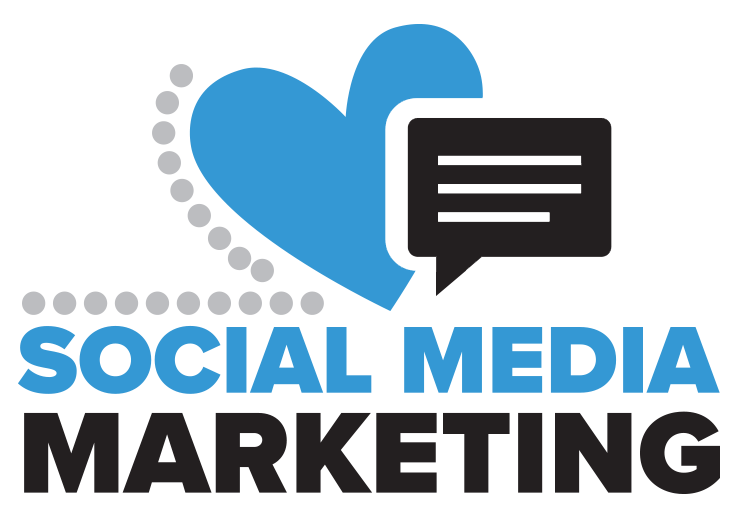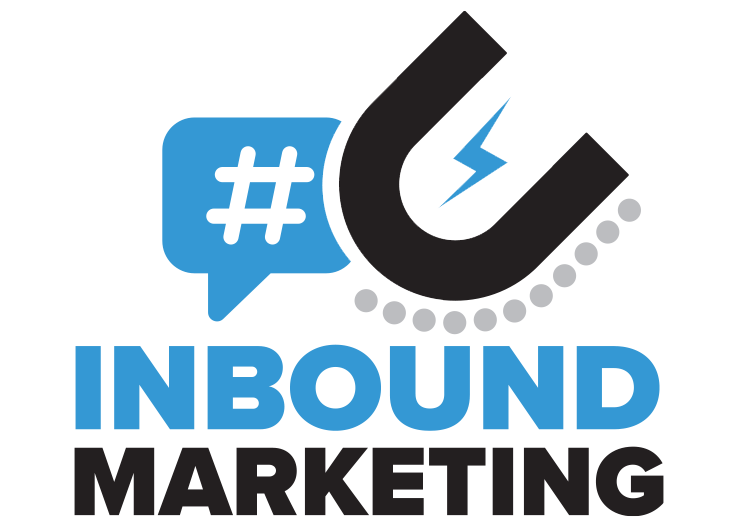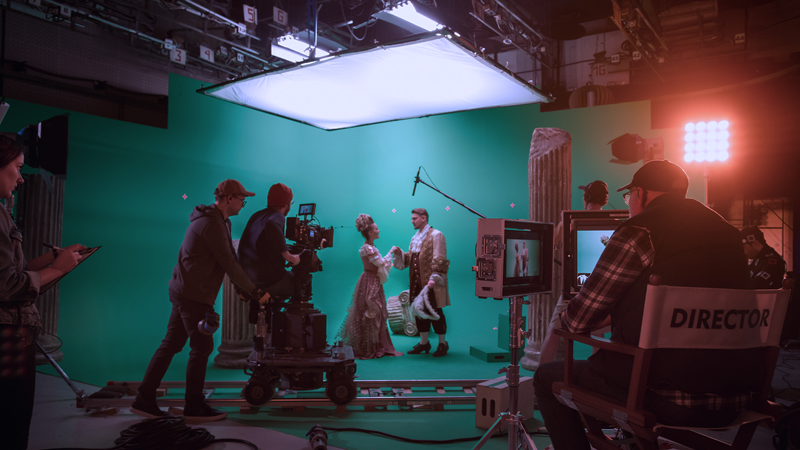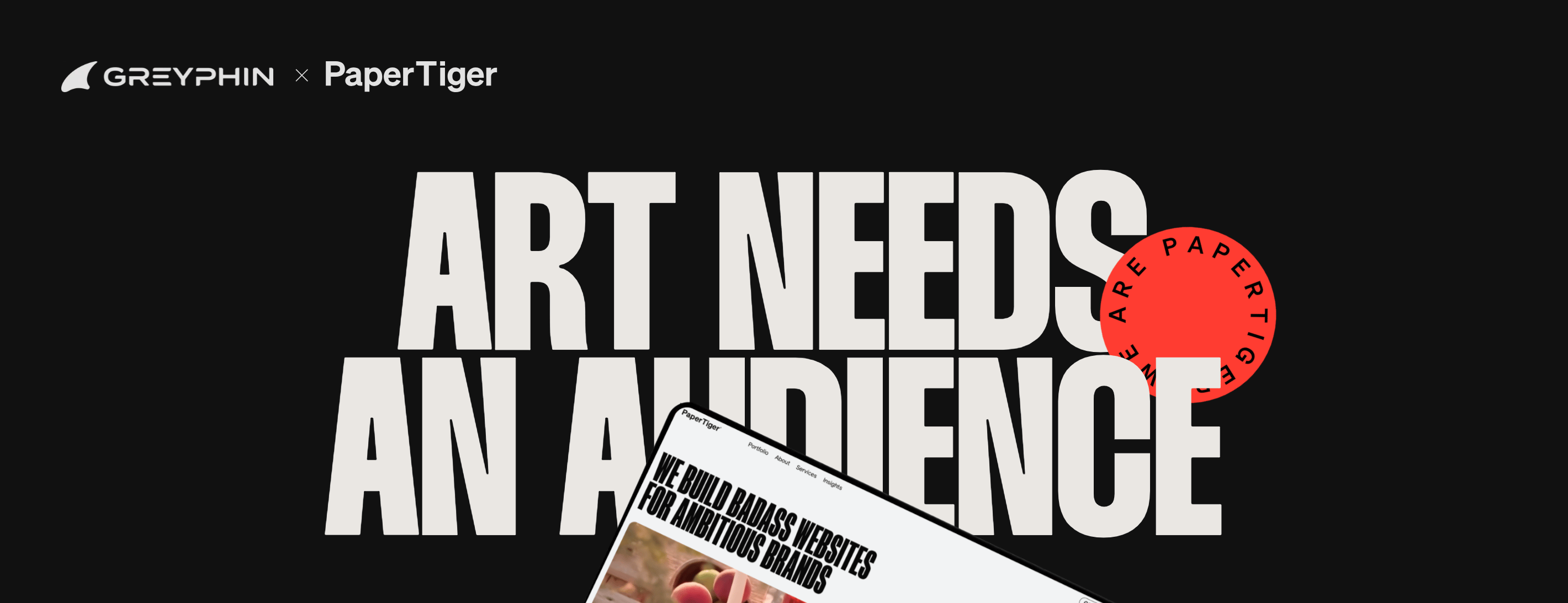
So maybe radio isn’t the most hip place for marketing these days, but sound also applies to podcasting, social media, video, software, and more. Radio advertisers are the original sonic marketers; don't ignore their strategies.
———————
Ambience for Mood
Have you ever watched a movie or sat in a restaurant where the background music was so out of place it pulled you out of the moment? That’s poor sound design, and it applies to movies, physical spaces, and marketing alike. Particular soundscapes are more conducive to learning, to creative activity, and to deep conversations, and smart marketers know that’s the case for their creations as well. The right ambient soundtrack or music can make a huge difference in the success of a campaign.
Noise for Complexity
Noise is often referred to as a thing to avoid in sonic design, but it can relay meaning just like any other sound. For starters, noises like the twitter of birds, or the rush of trucks on a highway can lend your work environmental context, so the audience has a more immersive sense of where it takes place. Since very few noise-free places exist in the world, incorporating ambient noises makes your work feel more realistic. This is the whole reason the foley arts were developed back when radio shows were all the rage. When used strategically, these kinds of noises can actually make your audience lean in closer to better hear your message.
Beyond complementary, atmospheric noise, there's also a strategy of employing noise as disruption. In work that’s trying to impart a sense of rebellion or resistance, marketers and sound designers use sonic corruption, static, feedback, and other noise to send that disruptive message.
Clarity for Message
Of course, noise isn’t always the tool to use. When a message is particularly complex, where it’s content is difficult to understand, or in situations when there are high stakes and the message needs to be understood more than it needs to be enjoyed, noise is less ideal. In these cases, delivering the message through isolated audio at a volume not difficult to hear and in clear, even tones is a more appropriate rhetorical choice.
Pattern for Memory
Our brains are miraculous things, and one habit they’re particularly helpful with is pattern recognition. Sometimes this habit can get us into trouble because we might try to create a pattern where it doesn’t exist, but more often than not, this skill helps us to remember things, to make predictions, and to act quickly and with little thought. There are two tried-and-true methods for stimulating pattern creation, and both apply to sound: repetition and the use of music or soundmarks.
Repetition
We've said it before: repetition is powerful. While smart marketers know the value of visual and textual repetition (of colors and shapes, of words and phrases, etc.), sonic repetition is just as important. It’s why old-school radio advertisers habitually repeated the company’s motto or slogan after saying their name, because when in the future, someone around you says “Disney World,” they want your brain to finish the pattern and think, “the happiest place on Earth.”
Music and Soundmarks
The downside to repetition is, although effective, it can also be really annoying. Music is a similarly effective strategy for stimulating recall and pattern recognition, but with often less annoying means. Think about the highly recognizable music in Home Depot ads. As recently discussed on Oxford Road's Ad Infinitum, this music not only relates a particular mood and meaning, as mentioned before, it is inseparable from the brand. Music has built-in patterns and repetition that make it an invaluable tool for stimulating memory. Similarly, the folks at 99% Invisible have broken down iconic soundmarks like the Mac startup sound. It’s all about strategy.
Tone for Interpretation
“I didn’t say you’re ugly.”
Don’t panic, it’s just a commonly used example for how tone changes meaning. Reading this sentence isn’t the same as hearing it because a speaker’s tone helps us interpret their words. The meaning of the above sentence completely changes, depending on which word is being stressed and the tone of the delivery. Imagine hearing the examples below, and we know you’ll understand.
“I didn’t say you’re ugly.”
—emphatic tone, strong denial
“I didn’t say you’re ugly.”
—softer tone, ugliness was implied somehow
“I didn’t say you’re ugly.”
—condescending tone, stronger insult incoming
Volume and Pitch for Physiological Effect
Discordant tones build an anxious, uncomfortable tension. A calming melody, encourages a deep breath, to put you at ease, but suddenly, there’s a spike in volume for adrenaline.
It’s the radio show horror playbook, and it’s highly effective. Using sound to stimulate particular feelings and physiological responses can certainly create an immersive experience. This kind of strategy is at times controversial, because it’s seen as manipulation, but that is true of all rhetoric and persuasion. It comes down to the person who wields the power. If used ethically, designing sound to induce specific physiological effects can help deliver the kind of experience you hope to give your listeners.
Variety for Engagement
Of course, all of the above strategies can be combined with variety. It’s very easy for marketing to get lost in the crowd of other brands, but employing variety can help yours stand out. Having a dynamic tone of voice, changing up your music, ambience, and sound effects, or varying your sonic strategy in general, can produce higher engagement. Anything that increases the entrainment value of your work is a worthwhile consideration.
——————
So what did we miss? Are there other ways that you or radio advertisers use sound to strategically market your cause? Let us know.









